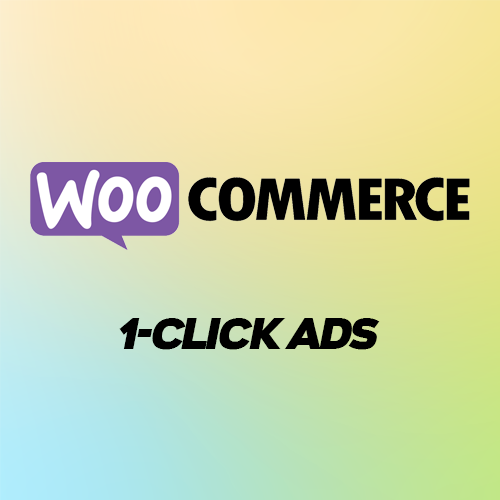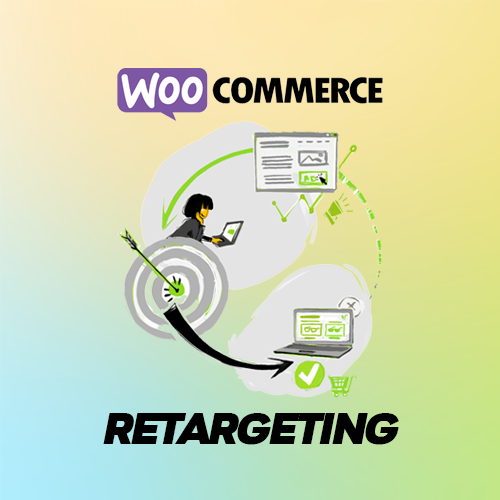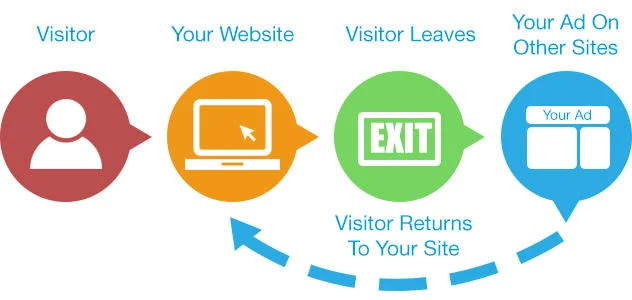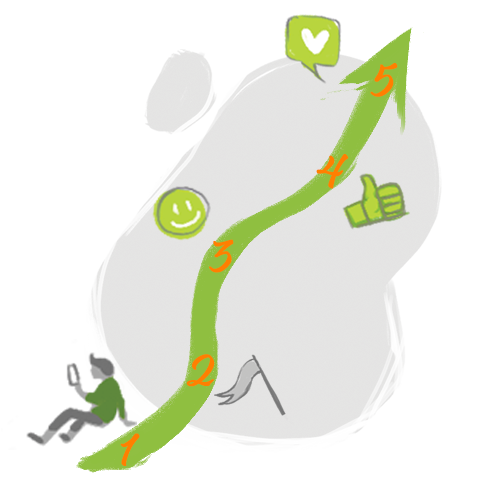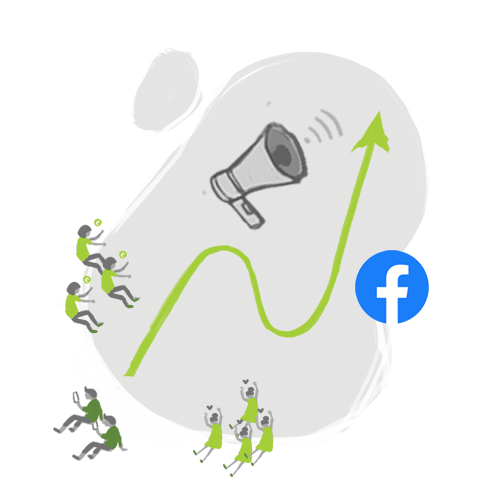Custom Audiences = Complexity Explosion
In our previous article reviewing the basics of Facebook Ads, we touched on the importance of building custom audiences with Facebook’s features.
Age, gender, location, and Interests can all be modified for custom audiences… and… well… the sheer number of combinations that can be made from these factors alone is remarkably complex. Even the term for its growing sophistication takes your head for a spin… combinatorial explosions. Sheesh.
But no worries – this blog post takes a deeper dive into the complexity that comes with building multi-factor custom audiences on Facebook. While each essential for succeeding with a modest marketing budget on Facebook, so all Shopify business owners, take out a piece of paper and #2 pencil! This analysis goes “all in” on the complexity of creating custom audiences for Facebook
Why Are Custom Audiences So Important for Facebook Ads?
The first point to note: you need to build multiple custom audience combinations for marketing success on Facebook. It’s a response to the sea of 2 billion users out there, being exposed to ad banner after ad banner as they scroll down their news feed.
Think of it like this – if you had the time and resources to create a unique, tailor-made ad for each individual customer, sales would increase infinitely. So long as the data-gathering methods are clearly stated, consumers vastly prefer customized ads to overly generalized ones. Because you can create up to 500 custom audiences on Meta, we suggest taking full advantage of that by creating more custom audiences, not less.
Now, here’s where the concept of “combinatorial explosions” comes in – curating an individual ad for anything over a few customers is impossible. That would mean creating a “custom audience” of one, potentially thousands of times over. What if you are trying to reach a customer base of 50,000?
The Basics of Building Custom Facebook Audiences
After clicking “custom audience” on Facebook ad’s interface, there are four broad categories you can break the “audience factors” into:
Data source
Helps you target potential customers based on how they have engaged with your online store so far. Have they visited the site already? Specific web pages? Have they spent a substantial amount of time browsing? And are you pulling from web traffic, Facebook page engagement, Instagram, or some other data source? Remember, these customers may be in varying stages of the “AIDA” framework (awareness, Interest, Desire, Action). Therefore, breaking down your custom audience by analyzing their story through data points will inform how to further engage them to increase sales.
Demographics
Pretty straightforward – are you aiming for male, female, or nonbinary audiences? What age brackets? For example, if you are selling cheap vintage tees with a female cut, you are likely targeting women ages 16-35. Overall, demographics are a key component of creating effective custom audiences that drive sales.
Location
Aiming to reach the entire USA is far more costly than trying to reach a single state or region. So, make sure to tinker with different location settings based on your customer data. If you cast too broad a net, you’ll dilute the ability to keep engaging with that customer base; it will become too cost-prohibitive.
Interests
This is where things get interesting. Stacking and layering interests is key to creating target audiences. As you narrow down and tailor each custom audience, you can add interests that create a fuller picture of the users you are trying to reach. Most importantly, focus on the fact you can target individuals with “Interest A or Interest B,” as well as, “Interest A and also Interest B.” Both serve very different functions, as explained below!
“Stacking” or “Layering Interests” – Be Specific as Possible to Increase Ad Effectiveness
Specificity is crucial to have your ads compete with larger-budget businesses. For example, you could adjust the settings to advertise only to males 18-34 on the East Coast who have an expressed interest in sports or sports apparel
Even more, you can “stack” or “layer” interests to bring laser-precision to your custom audiences. Using the example above, interest stacking could set an audience that shows ads only to males 18-34 on the East Coast, who have an expressed interest in sports/sports apparel or have liked the official NBA, NFL, MLB, or NHL Facebook pages!
In contrast to “stacking,” interest layering more effectively narrows down your target audience. You could set an audience that shows ads only to males 18-34 on the East Coast, who have an expressed interest in sports/sports apparel and also have liked the official NBA, NFL, MLB, or NHL Facebook pages! Effectively “layering” interests for your custom audiences mean each ad creative will be tailor-made for different segments of your audience. The more layers, the more precise the audience. You can also exclude certain segments of these audiences to make the ad campaign’s target outreach even more efficient
Depending on the size of your business, the “sweet spot” may be anywhere from 50,000 to 1 million+ Just remember… the budget goes up the larger audience you have! On modest marketing budgets, it’s better to reach an audience of 1,000 with multiple ads to drive engagement, rather than reach an audience of 100,000 just once. The latter will be breezed over by users, driving no traffic nor sales to your store.
Conclusion: Deal Better with the Complexity of Custom Audiences thanks to Automated Software
Figuring out which custom audiences to create, based on which data sources, demographics, locations, and interests, becomes an exercise in compounding complexity. There are hypothetically hundreds to thousands of effective custom audience combinations for your store, and knowing which ones optimize your store for sales success is a full time job, if even possible.
Therefore, we recommend deploying automated software provided by Ad360 to bring laser-precision to your custom audience curation for Faceboook Ads. Not only do we specialize in analyzing user data for promotional campaigns, the time saved going through it yourself will be a massive burden lifted from your shoulders.
Concluding, Ad360 offers a free demo to help optimize your Faceboook ads and custom audience curation. We’ll handle the complexity of combinatorial explosions for you 😊 Cheers, and happy selling!

